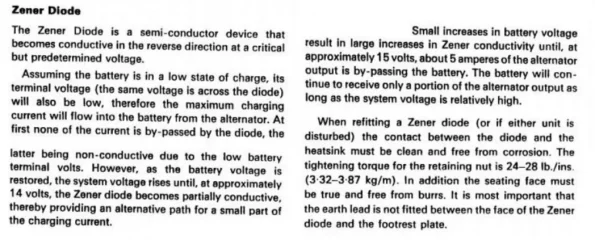@ggryder I think you are getting some of your terminology wrong.
Your rectifier is clearly doing plenty from your pic!
Rectification is where the AC output is converted to DC.
Without rectification, you output would be looking like this:

Half wave rectification would look like this:

Full wave rectification (which is what we have on our bikes whether it be standard or aftermarket), and is what you show in your pic is where that missing output (from below the line) is moved up top.
So a much smoother, less choppy output, than the half wave rectifier counterpart.
(sorry for hacking your pics by the way, but I hope it helps)
The regulation part is what you are showing in your second part - this is where the output is clipped when it gets to a certain point (between 14 and 16 volts in your case).
You can see it dropping down to 3 volts, because the circuit is cutting out then switching back on again.
You can tell this is the older (but perfectly good) SCR style, as the output is quite choppy.
The newer MOSFET ones cut out and back in much faster, so the output curves look a lot smoother.
I did the same research as you are doing when I had charging troubles, and it's all very fascinating - there is a lot of good info out there.
Your rectifier is clearly doing plenty from your pic!
Rectification is where the AC output is converted to DC.
Without rectification, you output would be looking like this:
Half wave rectification would look like this:
Full wave rectification (which is what we have on our bikes whether it be standard or aftermarket), and is what you show in your pic is where that missing output (from below the line) is moved up top.
So a much smoother, less choppy output, than the half wave rectifier counterpart.
(sorry for hacking your pics by the way, but I hope it helps)
The regulation part is what you are showing in your second part - this is where the output is clipped when it gets to a certain point (between 14 and 16 volts in your case).
You can see it dropping down to 3 volts, because the circuit is cutting out then switching back on again.
You can tell this is the older (but perfectly good) SCR style, as the output is quite choppy.
The newer MOSFET ones cut out and back in much faster, so the output curves look a lot smoother.
I did the same research as you are doing when I had charging troubles, and it's all very fascinating - there is a lot of good info out there.

